Many localities have contributed ideas, capital and solutions to speed up the implementation of many investment projects and attract private capital flows to unlock growth drivers.
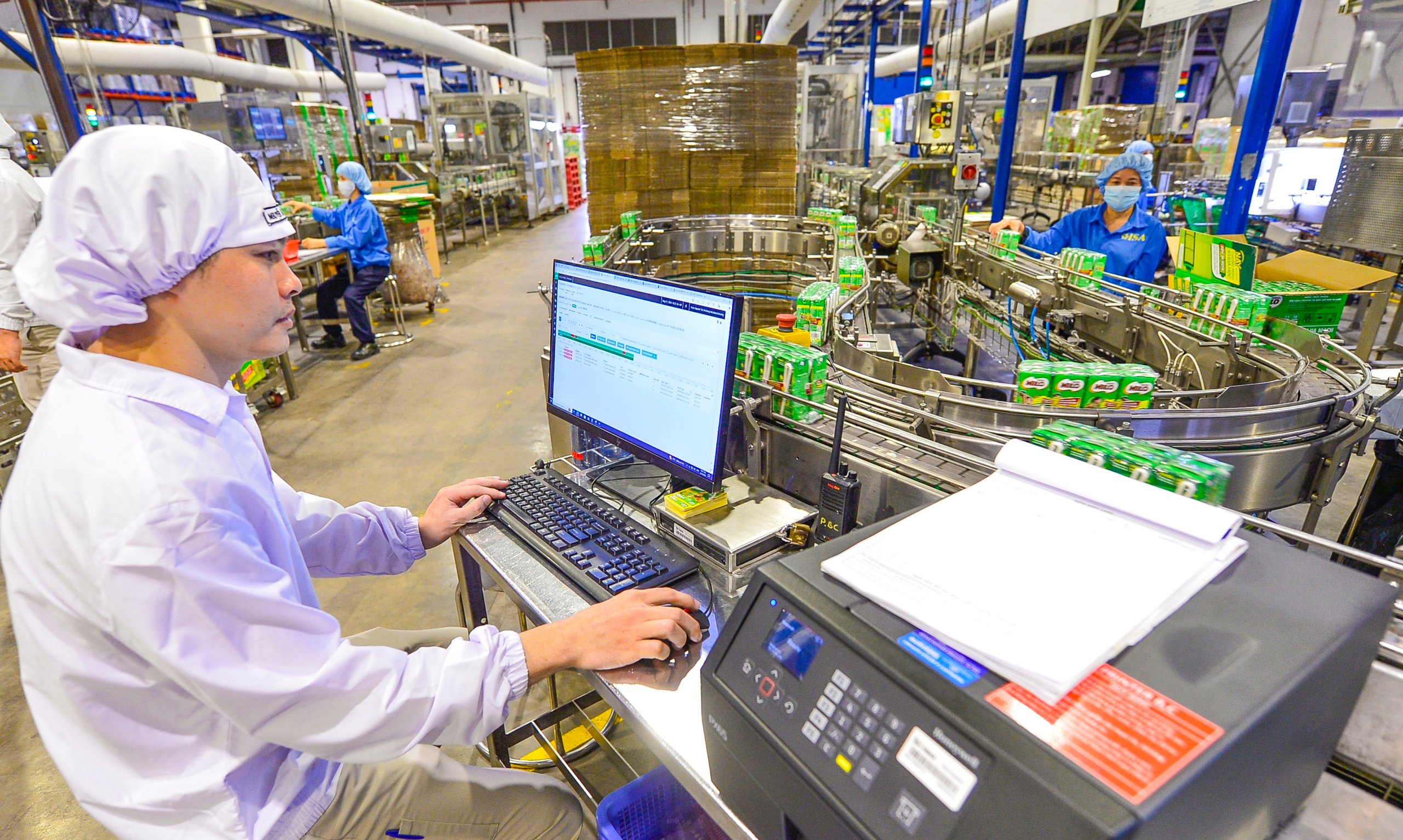
Workers work at a factory with a modern production line in AMATA Industrial Park, Bien Hoa City, Dong Nai Province - Photo: QUANG DINH
At the Government conference with localities to implement the Central Committee's conclusions and the National Assembly and Government's resolutions on economic growth and promoting public investment disbursement on February 21, Prime Minister Pham Minh Chinh emphasized that Vietnam must maintain high and sustainable growth until 2045. This will help Vietnam overcome the middle-income trap like Japan, South Korea, and China.
Many localities are ready for the 8% growth target.
"There is no other way, we must maintain high and sustainable growth continuously from now until 2045. Only then can we overcome the middle-income trap and rise up, achieve strategic goals, realize aspirations in the new era, develop richly, civilized, prosperous, people increasingly well-off and happy," Prime Minister Pham Minh Chinh emphasized.
Overcoming the middle-income trap is a challenge that only 34 economies have succeeded in becoming high-income countries, while 108 countries have not.
The Prime Minister's viewpoint has been supported by many localities and they have offered suggestions to achieve the high growth target. Chairman of the Ho Chi Minh City People's Committee Nguyen Van Duoc pledged that the city will strive to achieve 8% growth with three solutions: putting the apparatus into operation quickly and promptly, in accordance with the spirit of streamlining - compactness - strength, not allowing interruptions in management, and building an effective and efficient public service.
In addition, Ho Chi Minh City also focuses on administrative reform, removing bottlenecks, backlogged projects, and troubled projects to prevent waste and loss. Mobilizing resources and social capital for development investment, using public investment to lead private investment.
Mr. Duoc recommended that the Government direct solutions to remove obstacles for projects to come into operation soon, creating budget revenue and resources.
Chairman of the Hanoi People's Committee Tran Sy Thanh said that Hanoi will resolutely implement Resolution 57 of the Politburo on breakthroughs in science, technology, innovation and digital transformation. Strive for the rate of innovative enterprises to be over 50%; support enterprises in applying, transferring technology and digital transformation. The goal is to develop more than 200 units certified as Science and Technology Enterprises.
"Hanoi will also focus on developing the digital economy and creative economy, striving for the proportion of Hanoi's digital economy to reach over 20 billion USD by 2025, establishing more industrial parks and high-tech agriculture... Along with that are new growth models such as green economy, circular economy, urban economy, sharing economy; promoting decentralization," Mr. Thanh emphasized.
As the locality with the Lao Cai - Hanoi - Hai Phong railway project connecting China with a scale of 8 billion USD, Chairman of Hai Phong People's Committee Nguyen Van Tung pledged to contribute 11,000 billion VND for implementation.
Of which, 6,000 billion VND will be used for site clearance and more than 5,000 billion VND to invest in building a branch section connecting directly to the seaport. Hai Phong City proposed considering the option of simultaneous construction from both ends of the route, that is, from Lao Cai and from Hai Phong, to shorten the construction time and put the project into operation soon.
Chairman of the Da Nang People's Committee Le Trung Chinh said the city will focus on removing difficulties for projects, especially large projects expected to start construction in the second and third quarters of 2025 with a total investment of more than VND100,000 billion.
Currently, the city is continuing to review and remove many large projects such as the Thuan Phuoc sea encroachment area, the expressway through Da Nang, and putting into operation three new industrial parks...
Paying attention to attracting private investment, Chairman of Quang Ninh Provincial People's Committee Pham Duc An proposed that the Government remove obstacles for the high-end complex tourism project in Van Don Economic Zone (1 billion USD) and Thanh Cong automobile factory - two important projects for local economic growth. "There should be special policies related to tax policy," Mr. An proposed.
Meanwhile, Ben Tre focuses on attracting investment in renewable energy and sustainable production. Chairman of the Provincial People's Committee Tran Ngoc Tam said the province has attracted many projects with investment policies and signed contracts worth VND310,000 billion (US$13 billion) including wind power, solar power, high-tech shrimp and organic coconut industry development.
Prime Minister Pham Minh Chinh
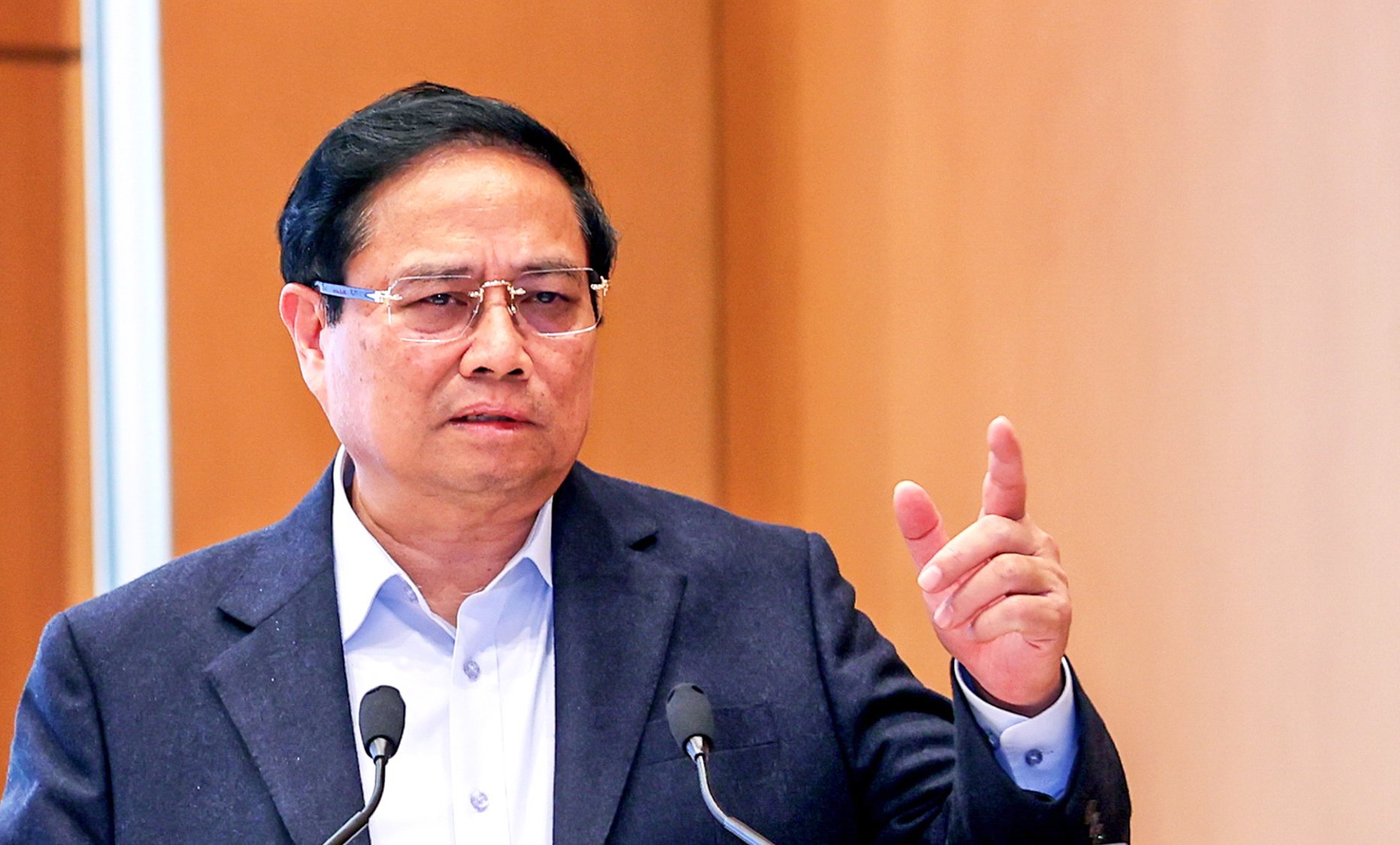
Prime Minister Pham Minh Chinh
Promoting innovation, investment and disbursement discipline
From the sectoral perspective, Deputy Minister of Science and Technology Bui The Duy said that to achieve 8% growth, it is necessary to set a target of sustainable and quality growth, with total factor productivity (TFP) contributing to the country's economic growth of over 50%.
The Ministry of Science and Technology recommends that localities set a target of TFP contributing 50-55% to GRDP growth. From there, there will be a specific plan for investment in science and technology innovation, and new policy mechanisms approved by the National Assembly in the resolution to pilot a number of policies to remove obstacles in science, technology and innovation activities.
To implement infrastructure projects, Minister of Construction Tran Hong Minh said that with the goal of 100% disbursement, it is necessary to strengthen discipline in disbursing investment capital, clearly assigning responsibilities to leaders. The Ministry will accompany businesses to identify difficulties and obstacles of businesses, thereby supporting to resolve them.
Meanwhile, State Bank Governor Nguyen Thi Hong informed that she will continue to direct credit institutions to reduce costs in order to continue reducing interest rates to support businesses and people, combining comprehensive management solutions on exchange rate issues. However, to achieve high growth, it is necessary to maximize the exploitation of input factors, which are capital factors associated with labor productivity and promoting innovation.
Agreeing with the opinions, Prime Minister Pham Minh Chinh requested ministers and chairmen of provincial and municipal People's Committees to clearly define tasks in each stage; continue to perfect institutions, identify institutions as "breakthroughs of breakthroughs", improve the effectiveness of law enforcement and organization; ensure a streamlined and effective apparatus; and reduce administrative procedures.
He proposed that all levels and sectors continue to identify public investment disbursement as the top political task; it is necessary to build tax and credit policy mechanisms to support increased purchasing power, stimulate domestic consumption and tourism.
Vietnam must proactively diversify markets, products, and supply chains, promoting new growth drivers such as cloud computing, artificial intelligence (AI), biology, cultural and entertainment industries, etc.
Associate Professor PHAM THE ANH (Head of Economics Department, National Economics University):
There must be more businesses that sell what the world needs.
The key to Vietnam’s long-term high growth is technological progress, quality of labor force, promoting the private economy. How can Vietnam have large corporations, sell things to collect money from the world and create growth from internal resources.
South Korea, Japan... are typical examples of success with the shortest transition time from low-income to high-income countries. They all have leading corporations selling products to the whole world, contributing significantly to stimulating high growth.
Looking at Vietnam, we also see the emergence of large corporations trying to build industrial products linked to the global value chain. That effort should be recognized, but how much they actually contribute depends on the localization rate. The quality of enterprises' participation in the global value chain is still low. Vietnam's role is still considered an assembly factory, heavily dependent on imported components, and concerns about existing technological backwardness.
The solution is to further promote innovation, science and technology. Convey a stronger message about promoting the private economy, creating a safe business environment for them, stimulating the private sector to dare to think big, do big, and undertake projects.
Don't create an environment that makes them afraid, business is stagnant... Then their cash flow will not be invested in production but will focus on making profit from price differences in asset markets such as gold, real estate, stocks...
High growth but how to maintain macroeconomic stability is important. Accordingly, inflation and exchange rates are controlled at stable levels; "pumping" credit to promote growth but not letting bad debt become a big problem.
Mr. LE HUU NGHI (Vice President of Ho Chi Minh City Real Estate Association):
Taking advantage of the "leverage" of credit growth
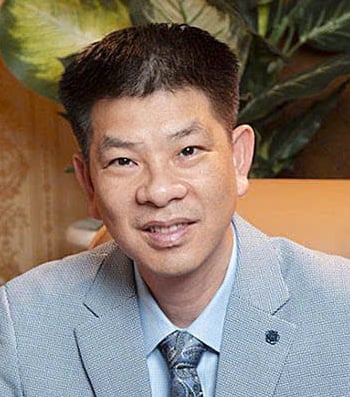
To achieve the GDP growth target of 8% this year and double-digit growth from 2026 onwards, one of the policies that must be implemented is capital disbursement, and credit growth of banks must be higher than previous years.
Among the growth drivers of the economy, the real estate sector (including residential, industrial, tourism real estate...) plays an important role, so this will also be one of the sectors receiving capital disbursement.
Currently, many real estate projects are facing difficulties. If we speed up the process of resolving legal issues, real estate projects that have been "shelved" for many years will be restarted, attracting capital, creating supply and promoting growth.
The real estate sector not only affects the construction industry but also spreads to more than 40 other economic sectors, so the growth of this market will be the driving force, creating momentum for high growth of the entire economy.
However, it is necessary to avoid the situation of cash flowing into bad debt projects that do not create added value; ensure that money is invested in good projects, prioritizing projects that can operate again, promoting the development of the construction industry and related industries. In particular, there must be solutions and controls to avoid massive disbursement into real estate, which can lead to price fever as has happened before.
Mr. TRAN VIET ANH (Vice President of Ho Chi Minh City Business Association):
6 solutions to promote growth
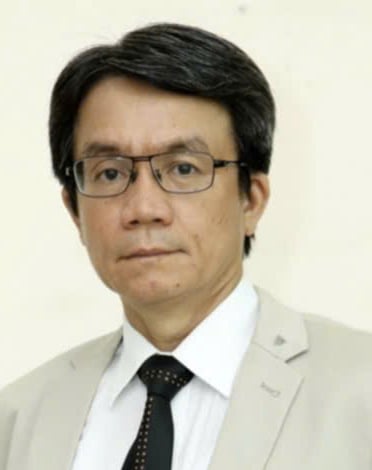
As an economic locomotive, Ho Chi Minh City has set a double-digit growth target by 2025, but to achieve this challenging target, the city needs to focus on some very specific solutions.
Firstly, build a core business community, including Vietnamese and FDI enterprises; clearly define directions for the business community so that they can be proactive, have breakthrough strategies to contribute with the city and create spillovers to the business community.
Second, re-plan the network of old industrial parks, identify businesses that can continue to invest, change technology or move to another model to quickly make decisions that contribute to the city's growth.
Third, there is support for Vietnamese supporting enterprises to participate deeply in the supply chains of large enterprises and corporations.
Fourth, planning seaports, which determines which ports will be maintained, expanded or newly invested in so that businesses can focus on production and import-export services according to infrastructure.
Fifth, invest in infrastructure serving production and business, improve logistics speed to quickly circulate goods.
Finally, businesses need quick and targeted credit sources to solve problems related to the environment, technology, import and export, logistics, retail, etc. In particular, preferential policies are needed for green credit, credit for emission reduction, and credit for logistics.
Source: https://tuoitre.vn/tang-truong-cao-lien-tuc-moi-vuot-qua-bay-thu-nhap-trung-binh-20250222080912607.htm








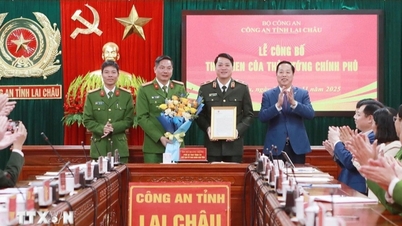



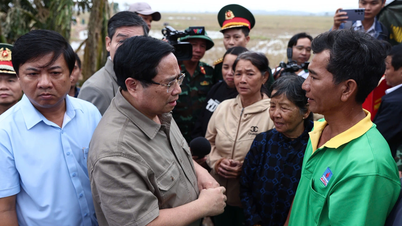
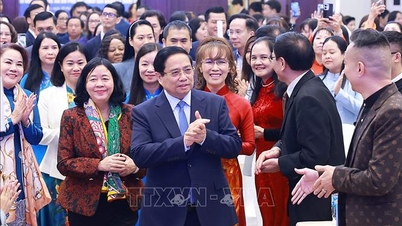

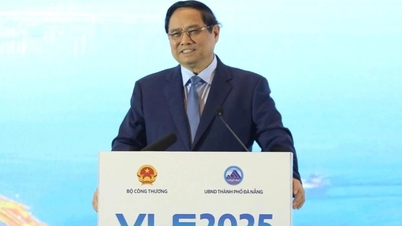
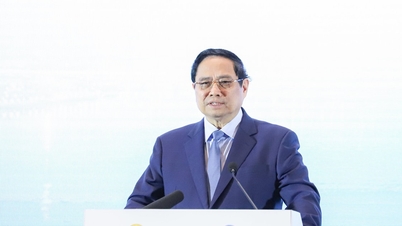



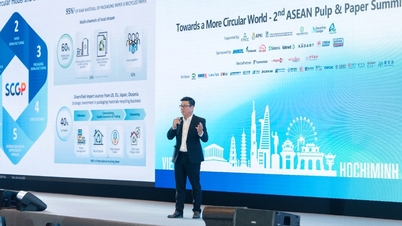
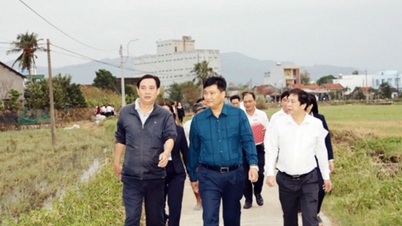

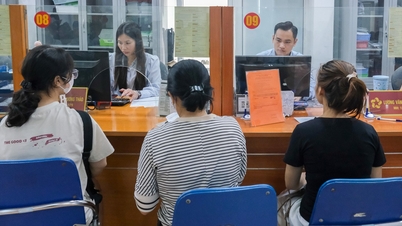
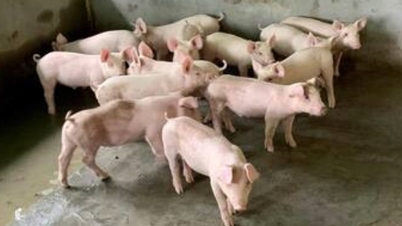






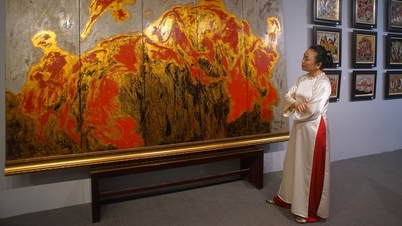


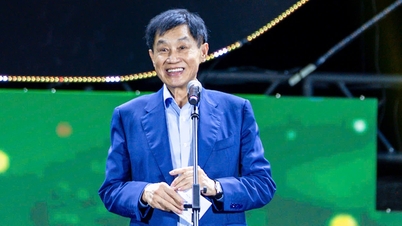
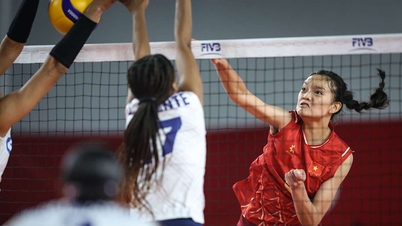
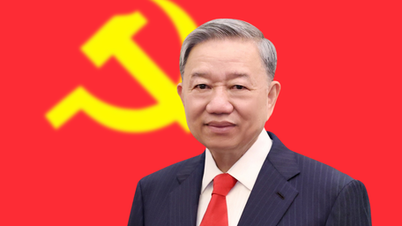

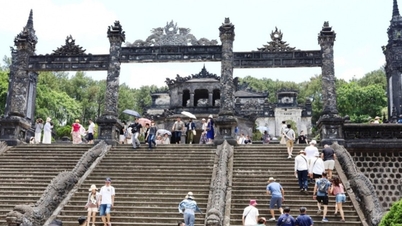

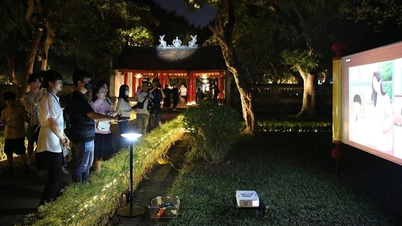

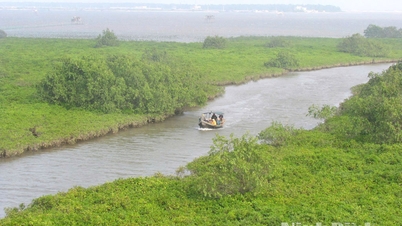

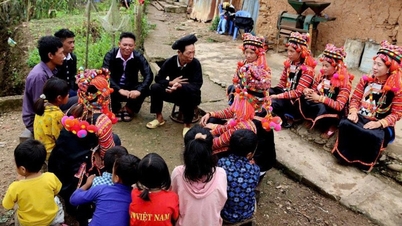
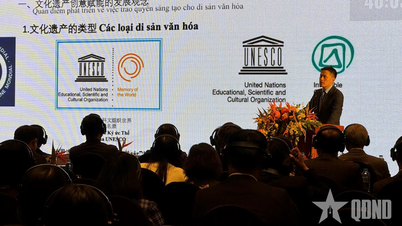

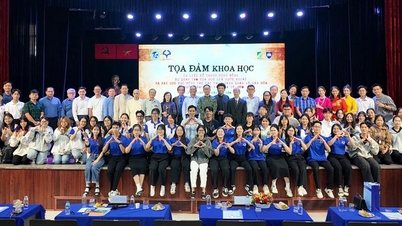










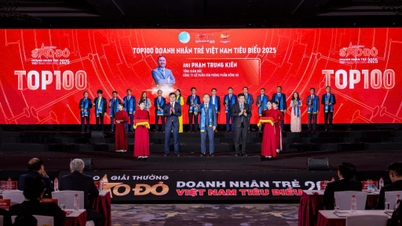

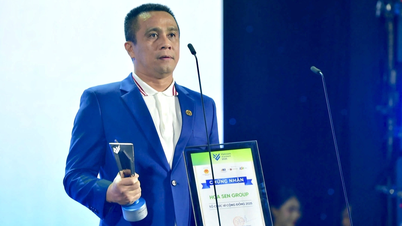
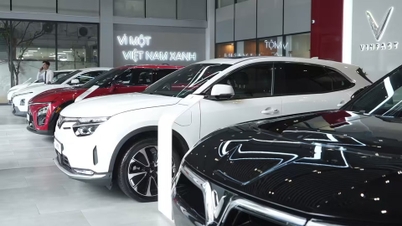

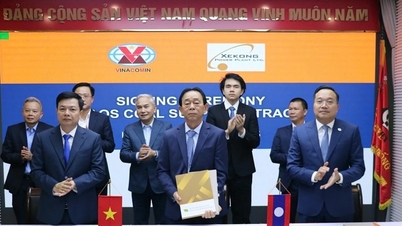

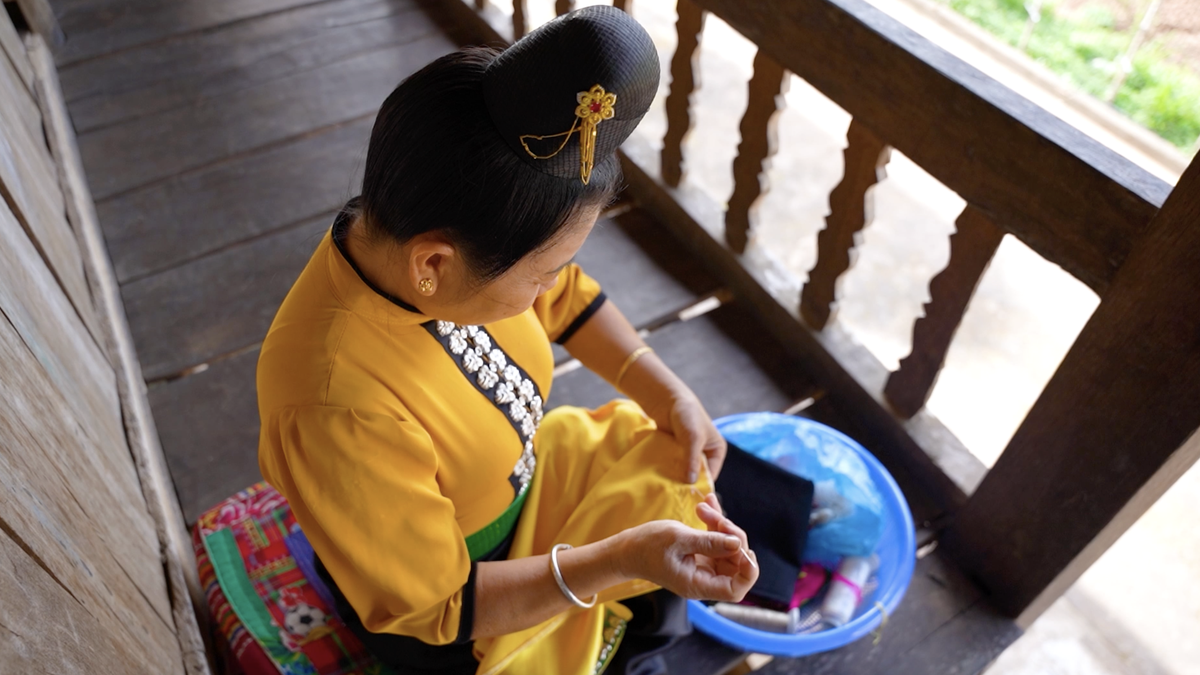








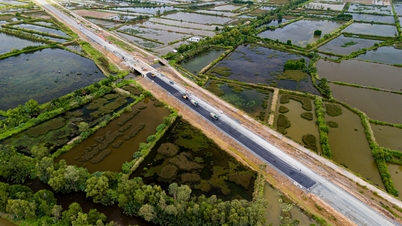
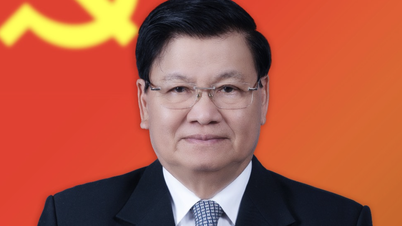




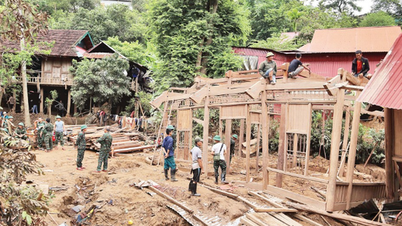

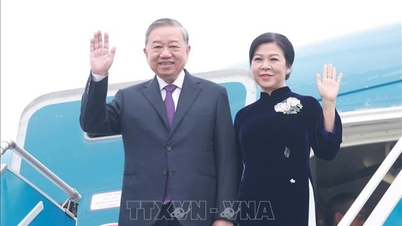


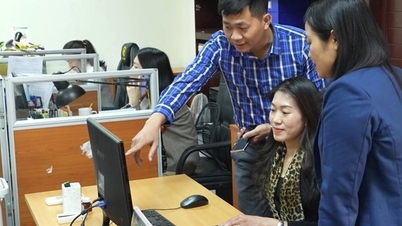
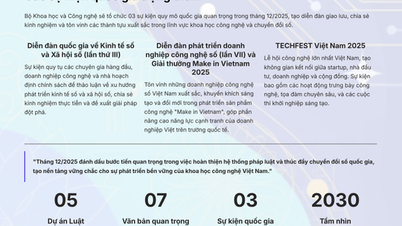


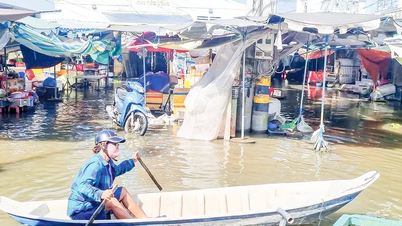
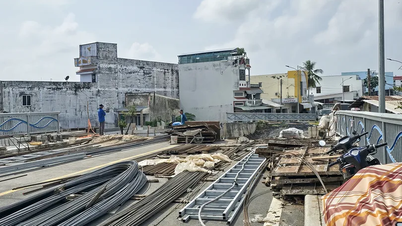


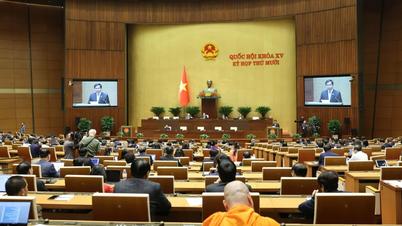

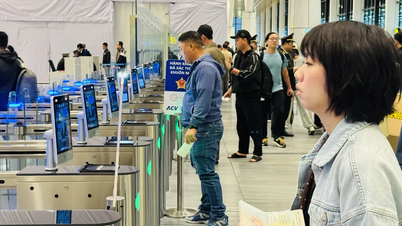
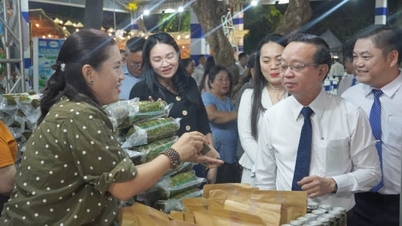












Comment (0)